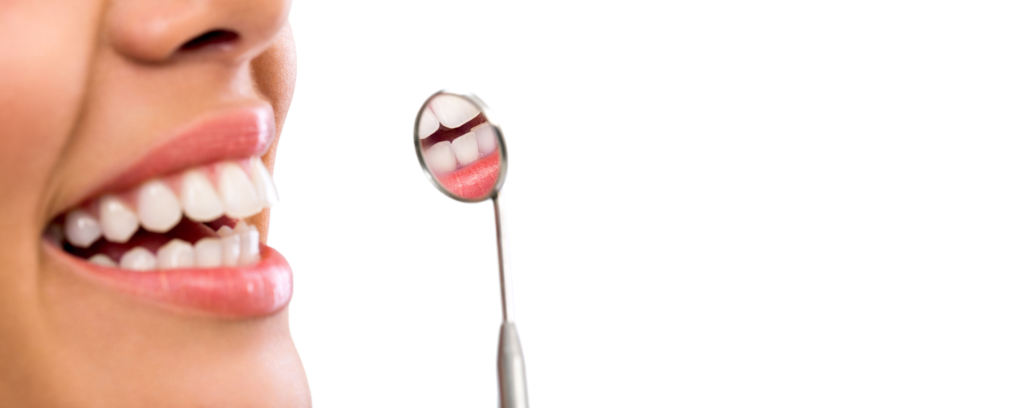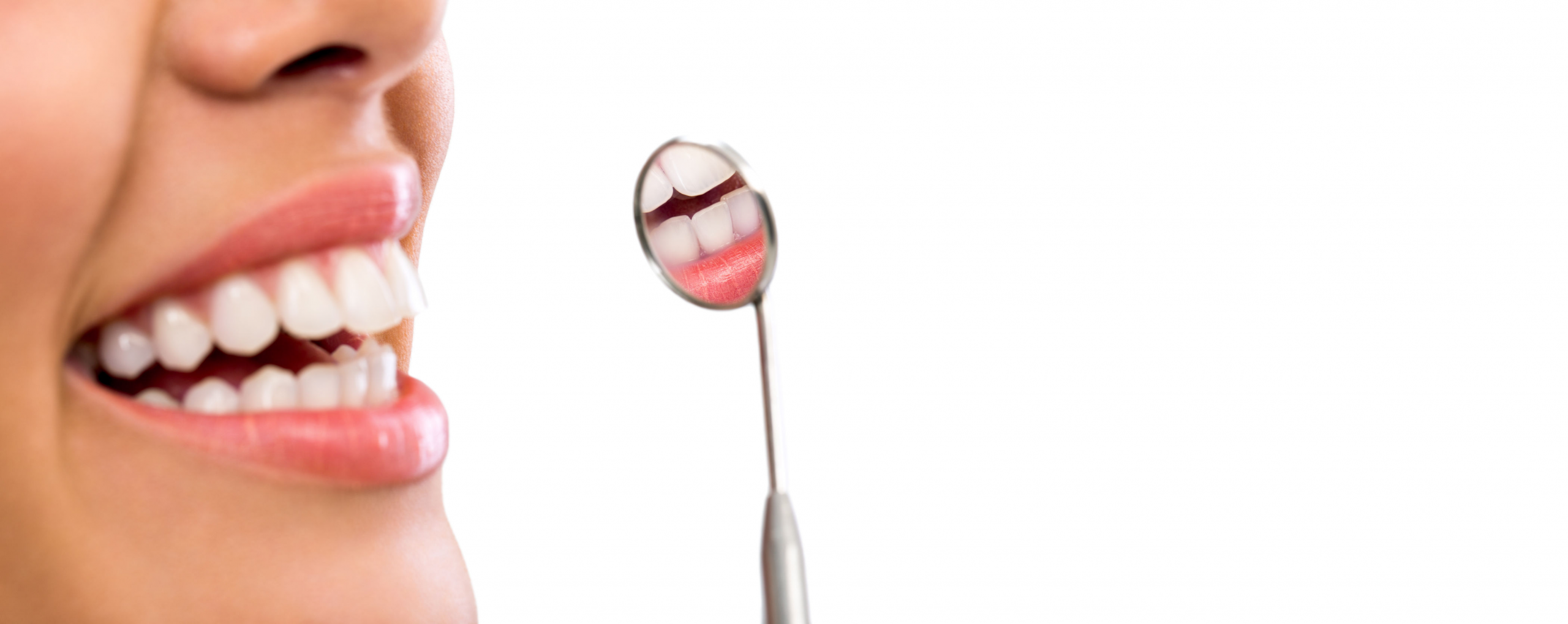
If you think you already know all there is to know about your teeth, then think again, because you’ll be amazed at the facts we have gathered together about the teeth and oral care in the United States.
We collected these statistics from high authoritative sources like the American Dental Association (ADA), the American Dental Hygienists Association (ADHA), and the Centre for Disease Control (CDC), among others.
The stats are presented to you in an easy to understand format. These dental facts will help you appreciate oral health and raise your overall dental health awareness.
Let’s get to know these facts.
Oral Health in the United States – Facts and Stats
95% of adults agree it is vital to maintain good oral health. 93% of American adults agree that regular visits to the dentist can help improve their oral health, and 75% of them actually make plans to visit their dentist within a year. 87% of Americans agree that poor oral health can have a negative impact on one’s life.
The average time spent brushing is 1 minute 52 seconds. A 70% portion of Americans say they brush their teeth twice daily, with 60% of adults brushing first thing in the morning and at bedtime. 23% of folks admit that they have skipped brushing for a day or two.
The most recurring reason people don’t floss is they feel it is time-consuming. As a result, one-third of Americans floss daily, another third floss occasionally, while the last third report is never flossing.
Let’s continue reading to see how people in the United States utilize these supplies.
How Americans use Dental Supplies
Americans have spent about 129 billion USD on dental care alone. 118.16 million Americans used medium bristle toothbrushes in 2019. 4.5 million people used a power toothbrush at least five times. 26.26 million folks used manual toothbrushes at least five times per day in 2019, of which 209.54 million people in total made use of manual toothbrushes.
66.11 million Americans used gel toothpaste, while 137.59 million made use of regular toothpaste in 2019. 38 out of every 100 Americans prefer to buy a natural or organic toothpaste. 72.6 million people used toothpaste four times a day in 2019. The highest selling toothpaste in America are fluoride-based (95%).
In 2019, 18.04 million folks used mouthwash at least 14 times per week from a total of 201.08 million people who used mouthwash in 2019.
13.58 million Americans used store brand floss, floss picks, or flossers at least eight times per week in 2019. 16.07 million people used a denture cleaner eight or more times per week in 2019.
Americans used these supplies with the hopes of maintaining high levels of oral health. But let’s see the correlation between the amounts used and the recent state of oral health among Americans.
Facts about Dental Disease in the American population
50% of adults over the age of 30 have gum disease – these increases to 70% for adults over the age of 65. About 65 million people in total have some form of gum disease, of which 38.4% are women, and 56.4% are men. 7.8% of adults are dealing with a severe case of gum disease.
Every year, 30,000 Americans are diagnosed with oral or pharyngeal cancer. The year 2016 had the highest number of oral cancer-related deaths – 10,170 in number.
For those who are at a high risk of teeth removal, we have people living below the poverty line (12.2%), low-income earners (13.5%), high school dropouts (15.3%), and those aged 75 years or older (24.8%). Of the total number of bad breath cases, 90%of them are linked to gum disease, infections, and tongue coating.
We know that using regular supplies won’t help much with these conditions, as much as visiting the dental health practitioners in person.
Facts about Accessing Dental Health Professionals in America
Over 53 million people lived in areas that lacked dental health professionals in 2019, reducing the likelihood of receiving dental healthcare.
There are only about 40 – 50 dentists per 100,000 residents in the Southeast of the US (lowest number of dentists); meanwhile, Washington DC has at least 103 dentists per 100,000 residents (highest number of dentists).
40.2% of Americans reveal that cost is the number one reason folks don’t go visiting dentists. 32.7% believe that they do not need to see a dentist, while 14.1% don’t plan on seeing one because they lack the time.
We can see that dentists in America are too few compared to the American population. Let’s see more facts about dental health professionals.
Facts and stats about Dental Health Professionals
As of 2019, over 150,000 registered dental hygienists in the US, and 98% are females. Dental hygienists spend 2,000 years studying in an accredited Dental Hygiene program while they have 600 hours of practicals in a hands-on clinical setting.
There were 200,419 registered dentists in America in 2019, with 33.4% of them being females. To become a dentist, you must first spend four years to obtain a bachelor’s degree (or four years at some other undergraduate institution); you’ll start with four years of study at an accredited dental school.
If a dentist wants to go further in pursuit of certification in an area of dental specialty, they will spend an additional 2-6 years of training and residency.
Conclusion
The campaign to achieve a much better oral health level is still on. Even though things have gotten better over the years, it is still evident that a considerable number of Americans do not receive appropriate levels of oral healthcare. More work still has to be done to improve the perception of the populace as regards oral health. A more effective infrastructure that meets the oral health needs of Americans should be built. Finally, all existing barriers between the people and adequate oral health services should be eliminated.
